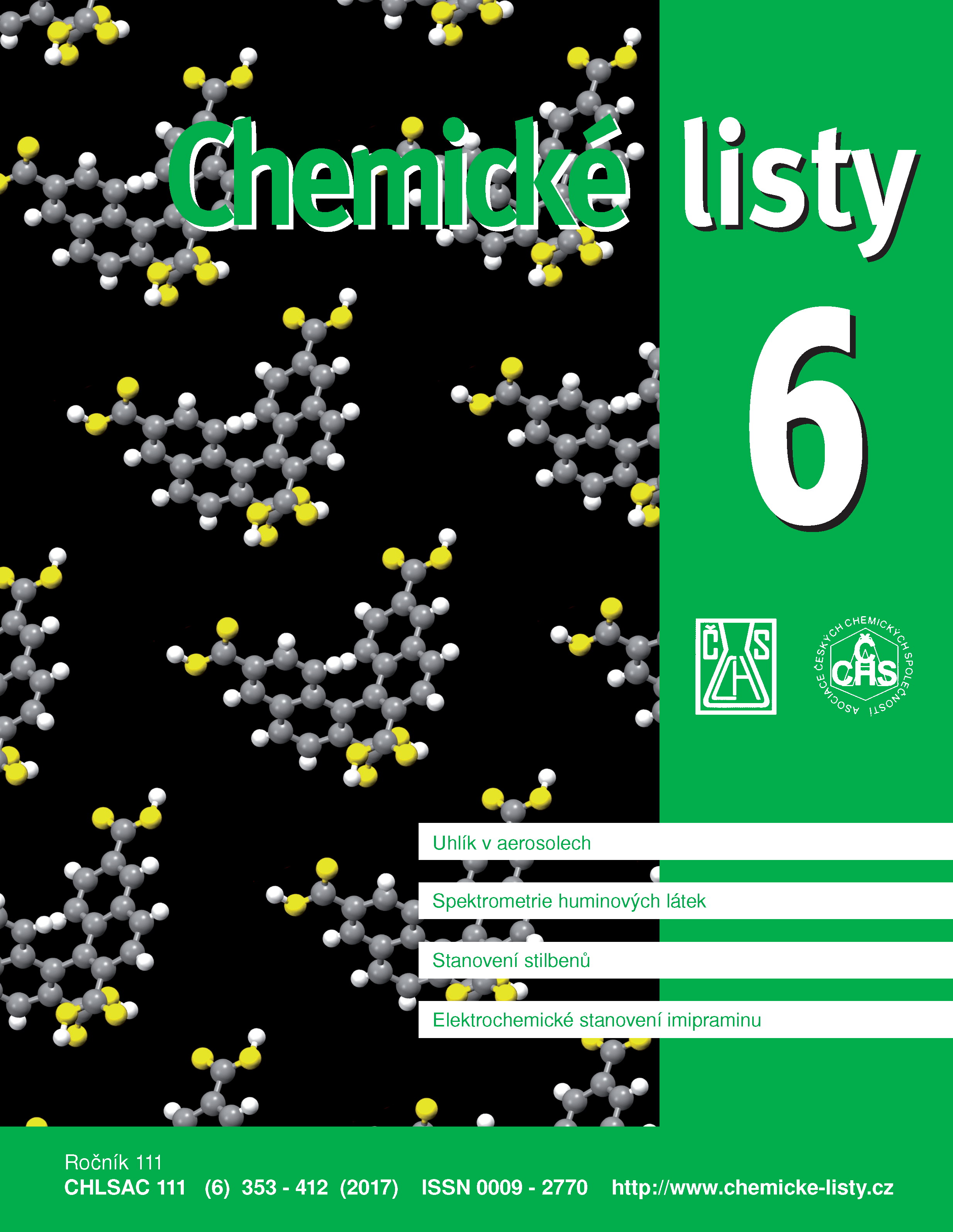Kvantitativní FTIR spektrometrie huminových látek
Klíčová slova:
FTIR, huminové látky, infračervená spektrometrie, strukturaAbstrakt
The modern FTIR spectrometry enables both qualitative and quantitative analysis of humic (HS) and humic-like substances. Priority of this method in comparison with 13C NMR or titration analysis of functional groups consists in small quantity of consumed sample and time. The availability of FTIR spectrometers for smaller laboratories represents an additional advantage. However, the FTIR spectrometry demands high purity of humic substances, in particular low contents of illite minerals, water, and residues of reagents used for extraction or coagulation (diphosphate, sulphate or hydrofluoric acid). Namely, in analysis of large sample series, the FTIR spectrometry can successfully compete with the (in other respects irreplaceable) 13C NMR spectrometry. Besides the transmission (KBr) technique of FTIR spectra measurement, at which undesirable ion exchange occurs, the DRIFT and namely ATR (Attenuated Total Reflection) techniques are now widely applied for quantitative analysis of HS. The FTIR spectra-based classification of humic substances, which is rarely applied till now, seems to be a prospective tool. The FTIR spectrometry can widely be used also to study the humus biotransformation, interactions with metal ions, etc.





